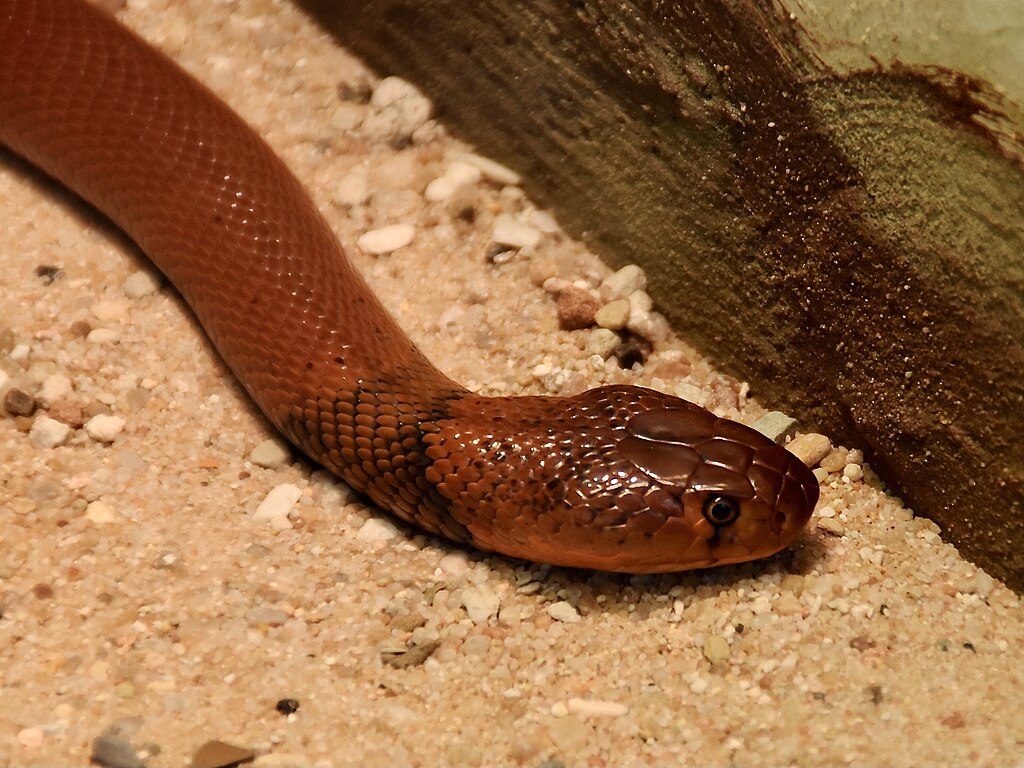In the shadowy world of predator-prey relationships, some animals have evolved extraordinary adaptations to survive. Among these remarkable creatures are certain snake species that have developed the ability to mimic the appearance, behavior, and even sound of their venomous counterparts without possessing venom themselves. This phenomenon, known as Batesian mimicry, represents one of nature’s most sophisticated defense mechanisms. By deceiving potential predators into believing they are dangerous, these harmless mimics gain protection without the metabolic cost of producing venom. This fascinating evolutionary strategy demonstrates the incredible complexity of natural selection and the constant arms race between predators and prey.
The Science Behind Batesian Mimicry

Batesian mimicry, named after English naturalist Henry Walter Bates, occurs when a harmless species evolves to resemble a harmful or unpalatable species. In the snake world, this means non-venomous snakes develop patterns, colors, and behaviors strikingly similar to venomous species. The effectiveness of this mimicry depends on the presence of the model species (the venomous snake) in the same habitat, as predators must learn to avoid the dangerous species through negative encounters. For the mimicry to work, predators must encounter the venomous model often enough to learn the association between its appearance and danger, but not so frequently that they become overly familiar with distinguishing subtle differences. The balance between model and mimic populations is critical for this evolutionary strategy to provide protection to the harmless mimic.
The Scarlet Kingsnake: Master of Coral Snake Deception
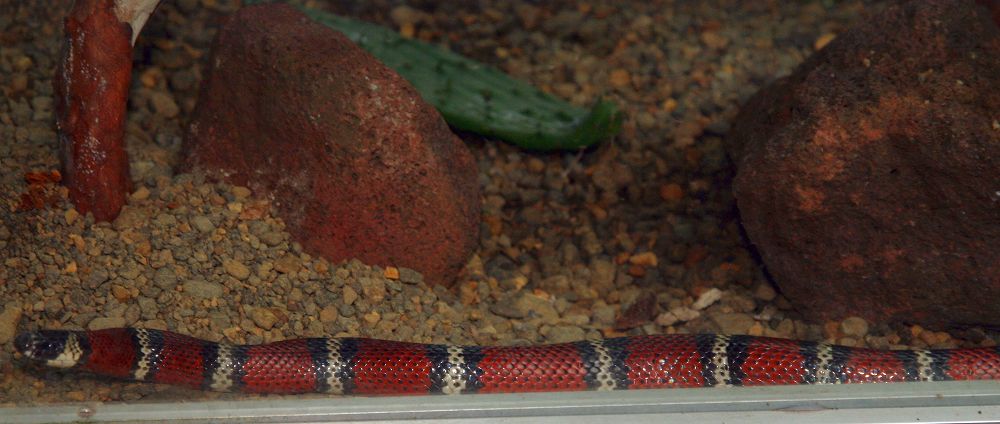
The scarlet kingsnake (Lampropeltis elapsoides) is perhaps the most famous example of a mimetic snake in North America, bearing an uncanny resemblance to the highly venomous eastern coral snake. Both species display distinctive red, black, and yellow bands, creating a warning pattern that potential predators quickly learn to avoid. The key difference lies in the arrangement of these colored bands—coral snakes feature red bands touching yellow ones (“red touch yellow, kill a fellow”), while kingsnakes have red bands touching black (“red touch black, friend of Jack”). This subtle difference is often imperceptible to predators, who err on the side of caution and avoid both species. Research has shown that in areas where coral snakes are abundant, kingsnake mimicry is more precise, demonstrating the direct evolutionary pressure exerted by the model-mimic relationship.
The Milk Snake: A Variable Mimic
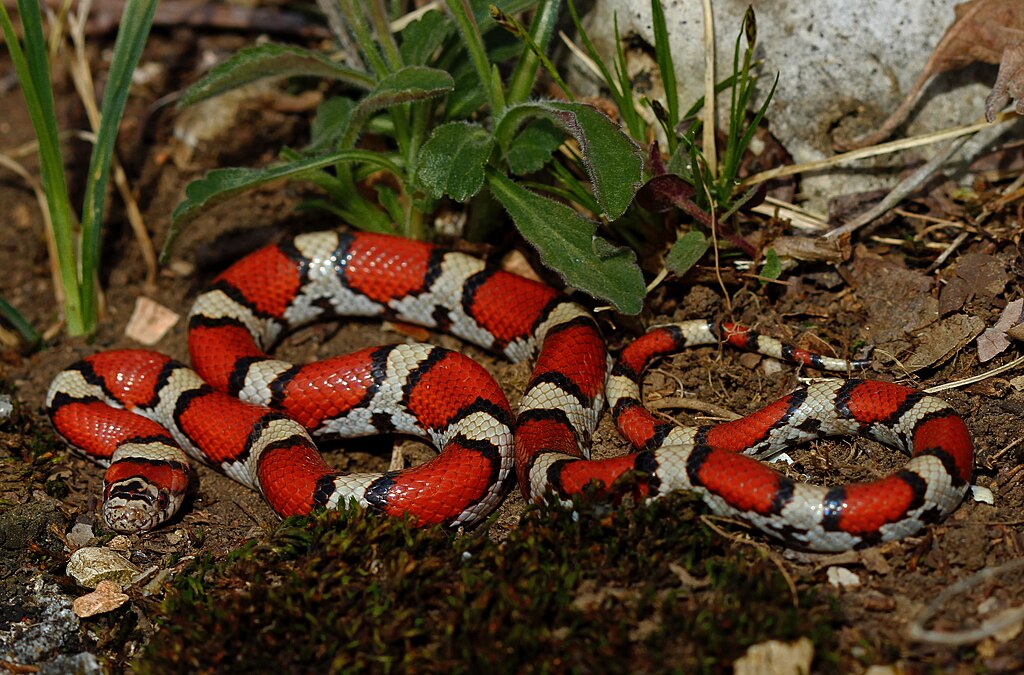
Milk snakes (Lampropeltis triangulum) represent another remarkable example of mimicry, with numerous subspecies mimicking different venomous snakes across their wide geographic range. In the eastern United States, milk snakes resemble coral snakes, while in other regions, they mimic various pit vipers. The eastern milk snake’s rusty blotches on a grayish background even bear resemblance to the copperhead snake in certain lighting conditions. What makes milk snakes particularly fascinating is their phenotypic plasticity—the ability of their appearance to vary significantly across their range, with each local population evolving to resemble whatever dangerous snake inhabits their specific ecosystem. This adaptive flexibility demonstrates the powerful selective pressure exerted by predation, driving convergent evolution in appearance despite genetic differences.
False Water Cobras: Behavior Mimics
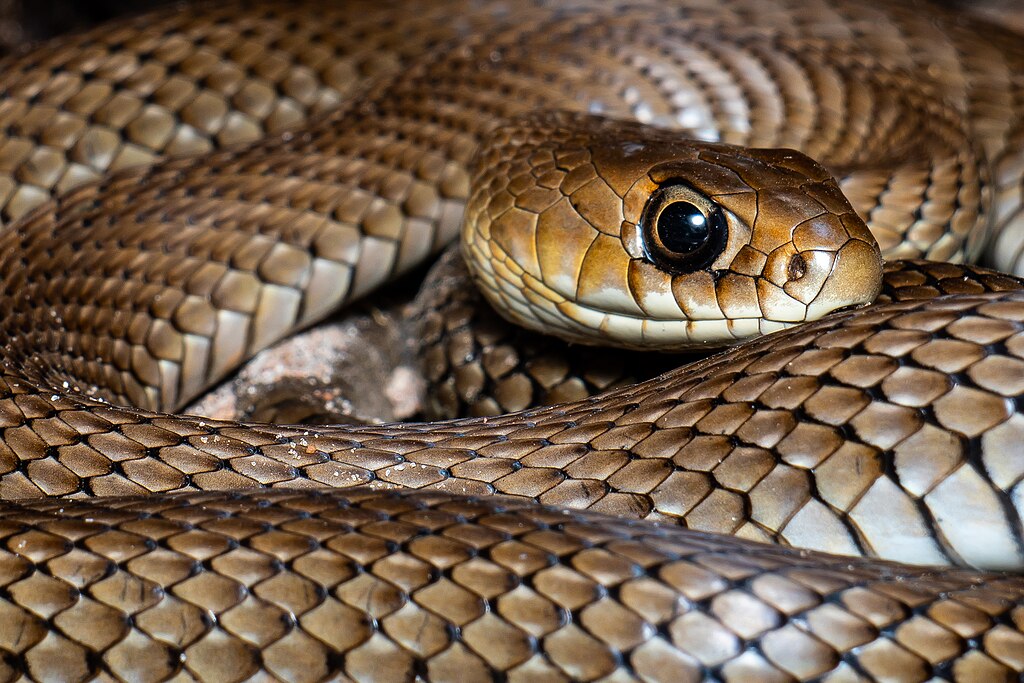
The false water cobra (Hydrodynastes gigas) takes mimicry beyond mere appearance by incorporating behavioral elements that enhance its deceptive capabilities. When threatened, this South American snake flattens its neck to create a hood-like appearance reminiscent of true cobras, despite being only mildly venomous rather than potentially lethal. The false water cobra will also raise the front portion of its body in a striking posture and may make false strikes with its mouth closed. These elaborate behavioral displays often convince potential predators to seek easier prey elsewhere. While the false water cobra does possess rear fangs with mild venom, its primary defense relies on this convincing performance of cobra-like behaviors, demonstrating that mimicry can extend beyond physical appearance to include complex behavioral adaptations.
Hognose Snakes: The Drama Queens of Mimicry
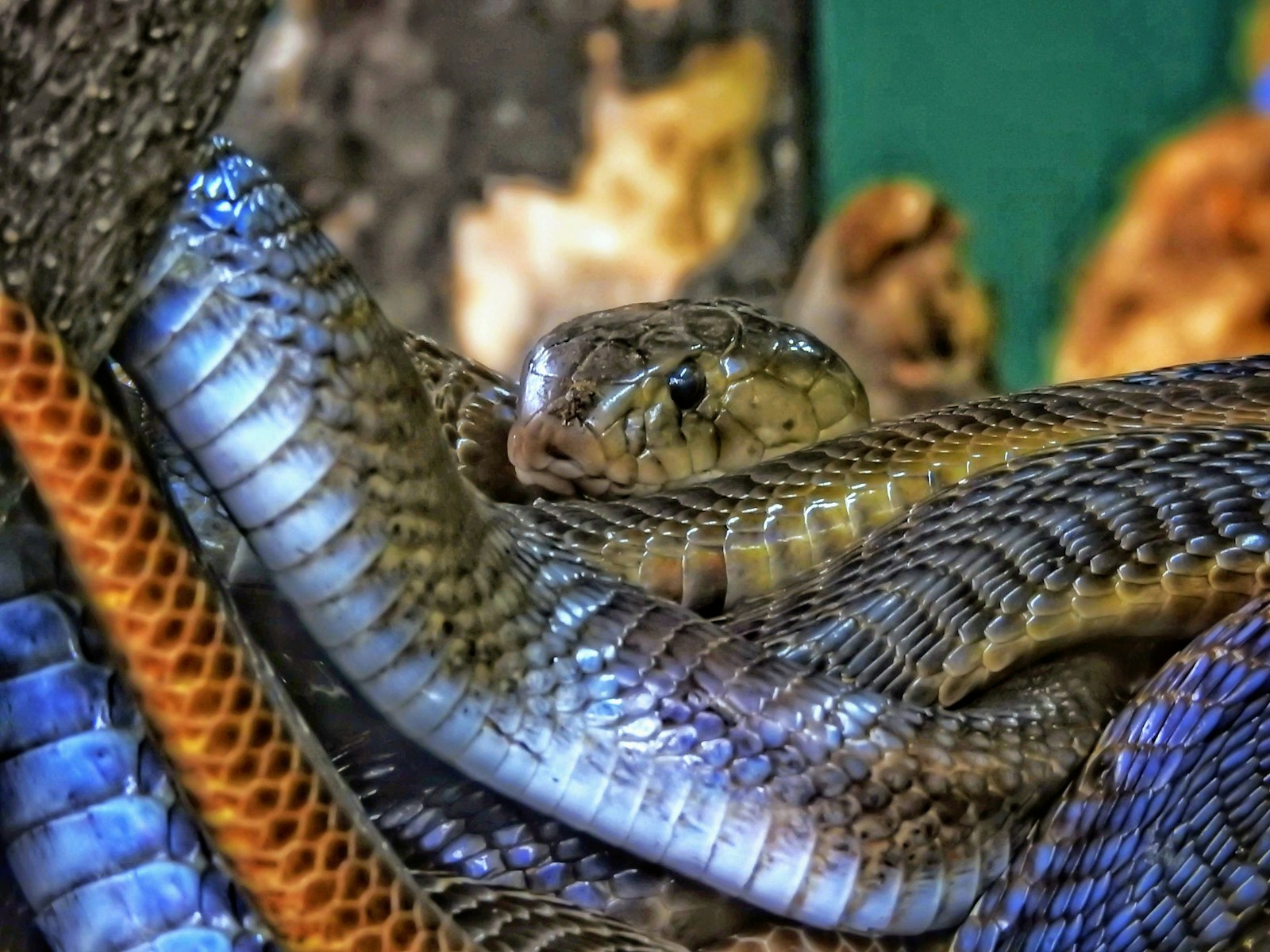
The eastern hognose snake (Heterodon platirhinos) employs perhaps the most theatrical mimicry in the snake world, combining multiple deceptive strategies to avoid predation. When threatened, these harmless snakes flatten their heads and necks, hiss loudly, and strike repeatedly with closed mouths in a convincing impersonation of dangerous vipers. If this initial display fails to deter a predator, hognose snakes escalate to an even more dramatic performance—rolling onto their backs, writhing as if in agony, and then lying motionless with mouth open and tongue hanging out, perfectly mimicking death. They commit so thoroughly to this act that even if turned right-side up, they’ll immediately flip back onto their backs to maintain the charade. This complex behavioral mimicry, often called thanatosis or death-feigning, showcases the remarkable lengths to which natural selection has driven defensive adaptations.
The King Cobra Mimic: Indochinese Rat Snake
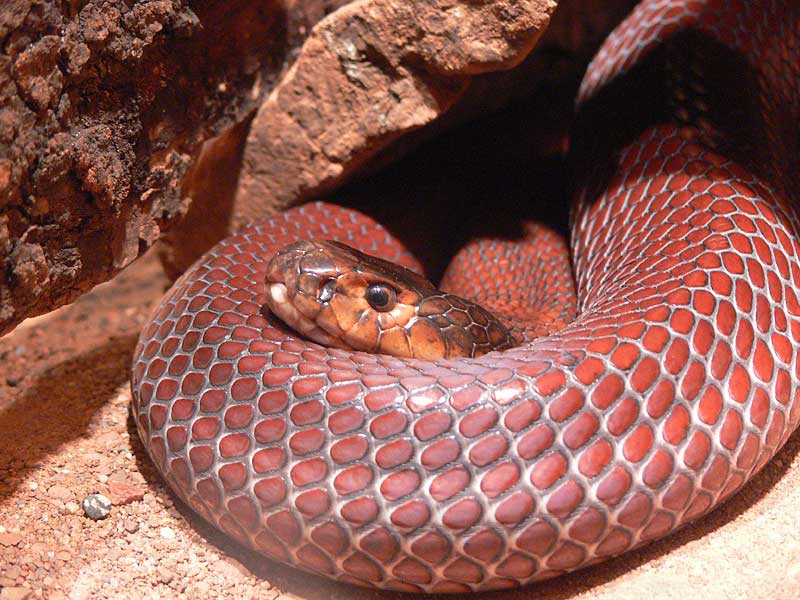
The Indochinese rat snake (Ptyas korros) demonstrates how mimicry can target specific predators—in this case, humans. In parts of Southeast Asia, these non-venomous snakes bear a striking resemblance to juvenile king cobras, with similar coloration and the ability to flatten their necks slightly when threatened. Human observers often mistake these harmless snakes for deadly cobras and avoid them accordingly. What makes this case particularly interesting is that the Indochinese rat snake doesn’t exhibit perfect mimicry from a biological perspective—up close, experts can easily distinguish it from a true cobra. However, the mimicry creates just enough uncertainty to make most humans unwilling to risk closer investigation. This represents an example of imperfect mimicry that nonetheless proves highly effective against a specific predator with a low tolerance for risk.
The Evolution of Mimicry Patterns

The evolution of mimicry patterns follows a fascinating trajectory driven by constant selective pressure from predators. Initially, even a vague resemblance to a dangerous species provides some survival advantage, allowing those traits to be passed to future generations. Over time, through natural selection, these resemblances become increasingly precise as individuals with more accurate mimicry survive at higher rates. Researchers studying mimetic snakes have discovered that the accuracy of mimicry correlates strongly with the abundance of the model species—where venomous snakes are common, mimics show remarkably precise resemblance, but where venomous species are rare, mimics often display imperfect mimicry. This pattern, known as the predator-density dependent selection, demonstrates how the effectiveness of mimicry depends on the learning experiences of local predator populations and their exposure to genuine venomous snakes.
Geographic Variations in Snake Mimicry

Snake mimicry displays fascinating geographic variations that highlight the localized nature of evolutionary adaptations. The scarlet kingsnake exhibits more precise coral snake mimicry in regions where coral snakes are abundant, while its resemblance becomes less exact in areas where coral snakes are rare or absent. This pattern provides compelling evidence for the selective pressure driving mimicry evolution. In a groundbreaking study, researchers documented that scarlet kingsnakes living at the edge of coral snake territory showed intermediate mimicry, while those completely outside coral snake range exhibited the weakest resemblance. These geographic mimicry gradients represent natural evolutionary experiments, demonstrating how quickly natural selection can shape appearances when the balance of costs and benefits shifts. Similar patterns have been observed in milk snake populations across North and Central America, with each population evolving to mimic the most dangerous local venomous species.
The Limits of Mimicry Protection

While mimicry offers significant protective benefits, it comes with inherent limitations that prevent it from providing perfect defense. Specialized predators often develop the ability to distinguish between genuine venomous species and their mimics, detecting subtle differences in pattern, behavior, or movement that casual observers might miss. Bird species that regularly prey on snakes, for instance, can often detect the minor differences in pattern arrangement between coral snakes and their mimics. Additionally, mimicry only works if predators have prior negative experiences with the model species, meaning young or naïve predators may not recognize the warning signals. This creates a constant evolutionary pressure on mimics to improve their deception while simultaneously driving predators to enhance their discrimination abilities. The result is an ongoing evolutionary arms race, with advances on one side quickly countered by adaptations on the other.
Sound Mimicry in Non-Venomous Snakes
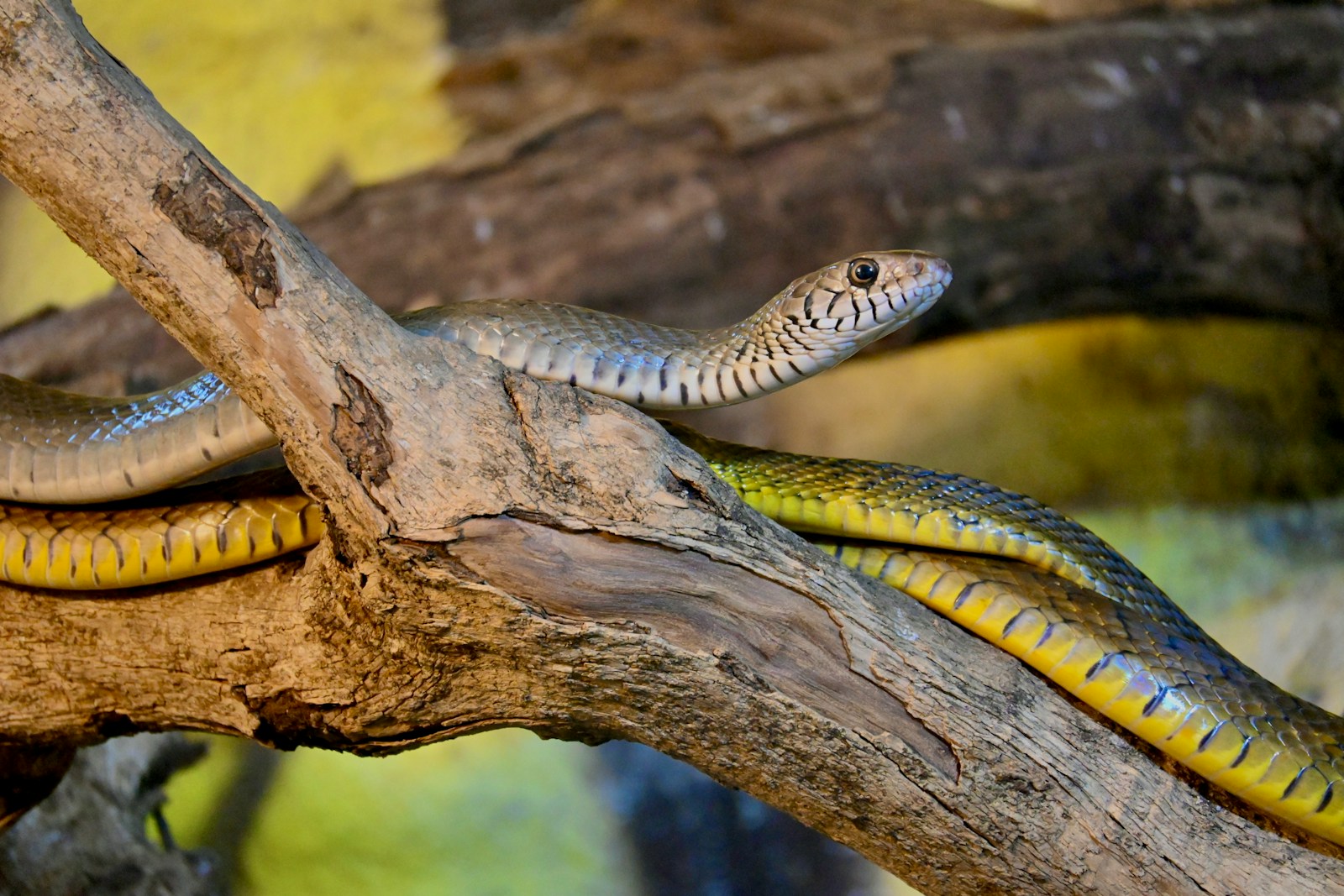
Beyond visual mimicry, some non-venomous snakes have evolved the ability to mimic the auditory warnings of dangerous species. The most remarkable example comes from certain species of gopher snakes (Pituophis catenifer) that have developed the ability to produce a convincing rattlesnake-like buzzing sound by vibrating their tails among dry leaves or against rough surfaces. Unlike rattlesnakes, gopher snakes lack a specialized rattle structure, making their acoustic mimicry all the more impressive. This auditory deception works particularly well in environments with limited visibility, where predators might hear a snake before seeing it. Experimental studies have shown that predators respond to these mimicked sounds with the same avoidance behaviors they display toward actual rattlesnakes, demonstrating the effectiveness of this adaptation. The evolution of sound mimicry represents yet another dimension in the sophisticated defensive strategies employed by non-venomous snakes.
The Role of Human Perception in Snake Mimicry
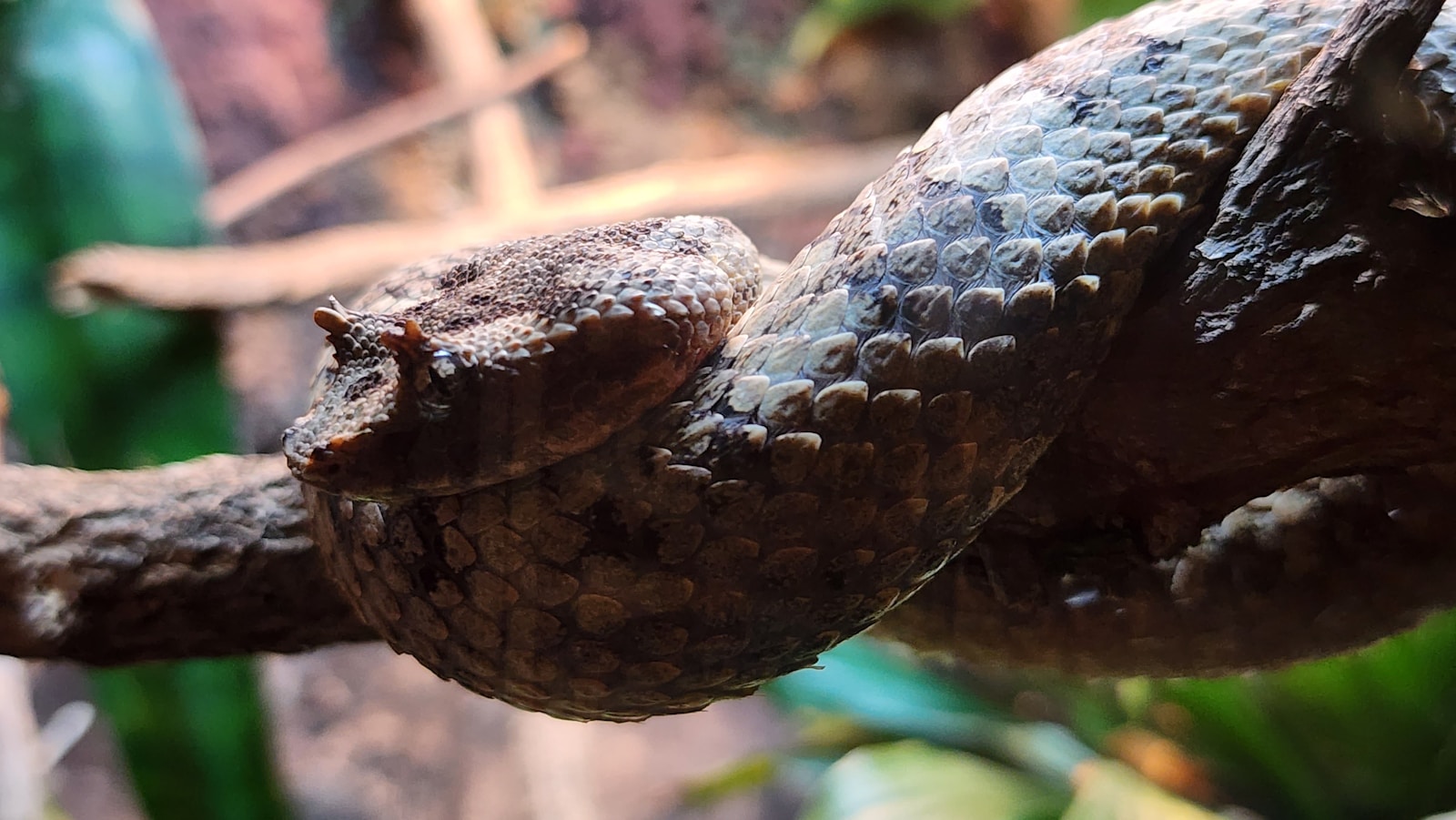
Human perception plays a significant role in how we understand and categorize mimetic snakes, sometimes leading to misconceptions that affect conservation efforts. Our visual systems are particularly attuned to snake-like patterns and movements, a likely evolutionary adaptation from our primate ancestors who faced predation from venomous snakes. This heightened sensitivity means humans often perceive mimicry where scientific analysis indicates only superficial resemblance exists. Cultural beliefs frequently reinforce these perceptions—many harmless snake species are killed because they’re mistakenly identified as dangerous lookalikes. Ironically, this human tendency to overreact to snake-like stimuli has created a selection pressure favoring mimicry specifically effective against humans, even in species that historically had few natural predators. Conservation educators now face the challenge of teaching communities to distinguish harmless mimics from their venomous models, protecting beneficial snake species while maintaining appropriate caution around truly dangerous ones.
Conservation Implications of Mimetic Snake Species
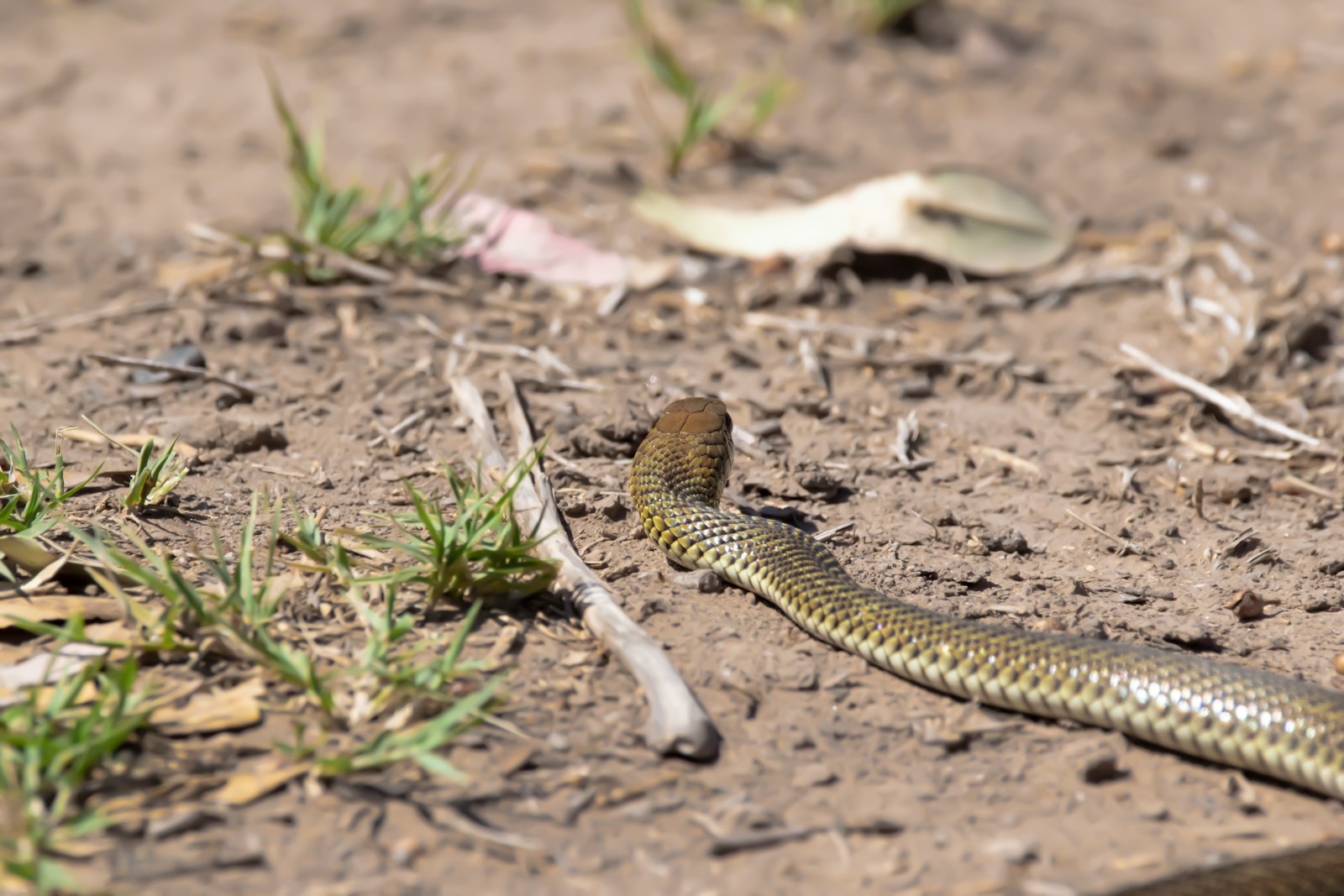
Mimetic snake species face unique conservation challenges directly related to their deceptive appearances. Because they resemble dangerous snakes, harmless mimics often suffer from human persecution based on misidentification, leading to population declines in many regions. The scarlet kingsnake, despite being completely harmless and beneficial for controlling rodent populations, is routinely killed by people who mistake it for a coral snake. Conservation efforts must address this through targeted education about identification features that distinguish mimics from models. Additionally, mimetic relationships require the preservation of both mimic and model populations—if venomous species decline or disappear from an ecosystem, the protective benefit of mimicry weakens for the harmless species. This ecological interdependence means that conservation strategies must consider not just individual species but the evolutionary relationships between them. Effective protection of mimetic snakes thus requires an ecosystem-based approach that preserves the complex web of predator-prey relationships driving their evolution.
Future Research Directions in Snake Mimicry
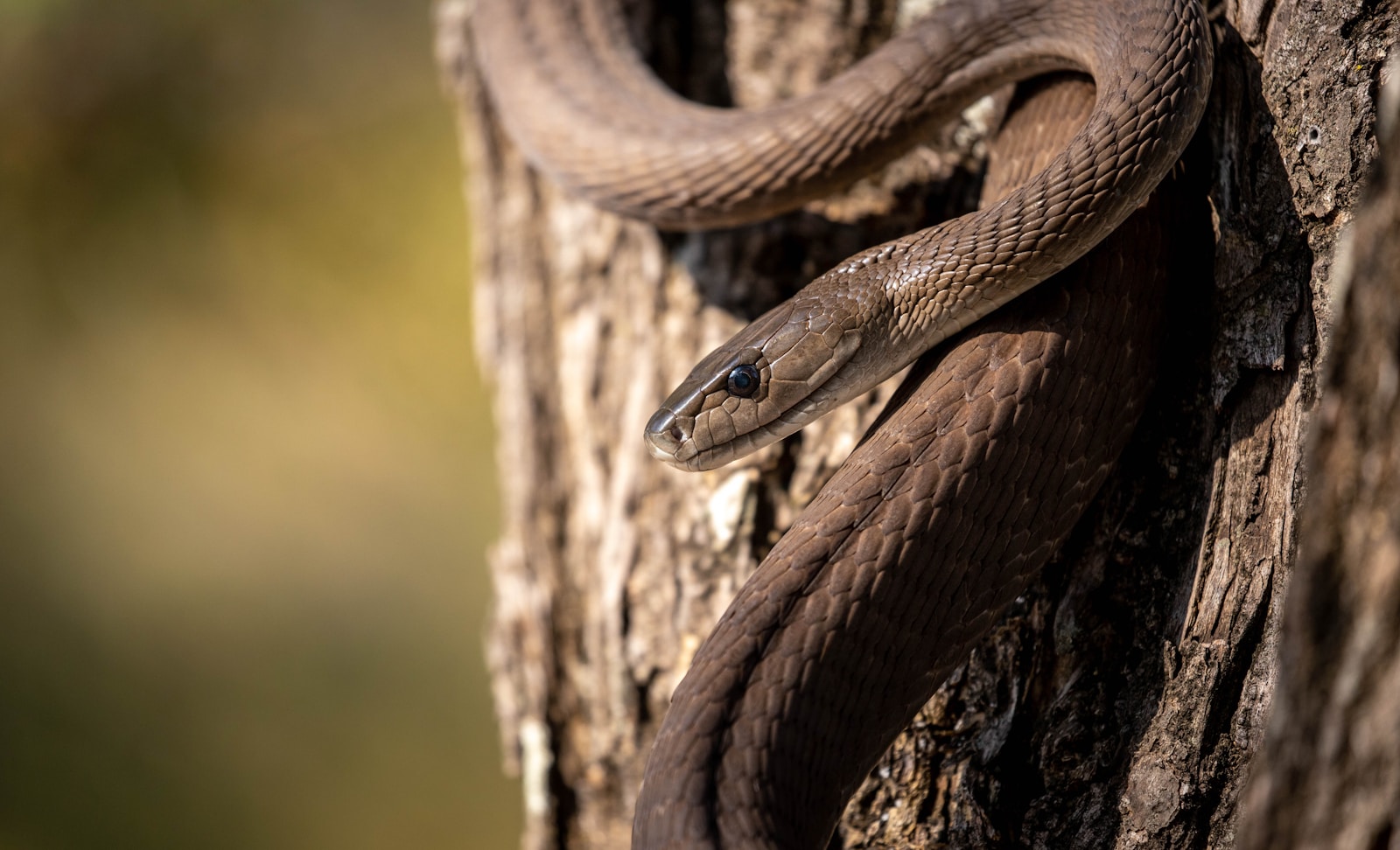
The study of snake mimicry continues to evolve with new research technologies and approaches opening exciting frontiers in this field. Genetic research is beginning to uncover the molecular mechanisms underlying mimetic patterns, potentially revealing how relatively few genes can control complex color patterns across different species. Computer vision and machine learning algorithms are being employed to quantify mimicry accuracy in ways human observers cannot, detecting subtle pattern differences and similarities invisible to the naked eye. Field studies using camera traps and tracking technologies are providing new insights into how predators interact with mimetic snakes in natural settings, moving beyond controlled laboratory experiments. Perhaps most intriguingly, climate change research is examining how shifting species ranges may disrupt established mimetic relationships, as model and mimic species respond differently to changing environmental conditions. As venomous species potentially shift their territories due to warming temperatures, their mimics face the evolutionary challenge of adapting to new models or losing their protective resemblance.
Conclusion
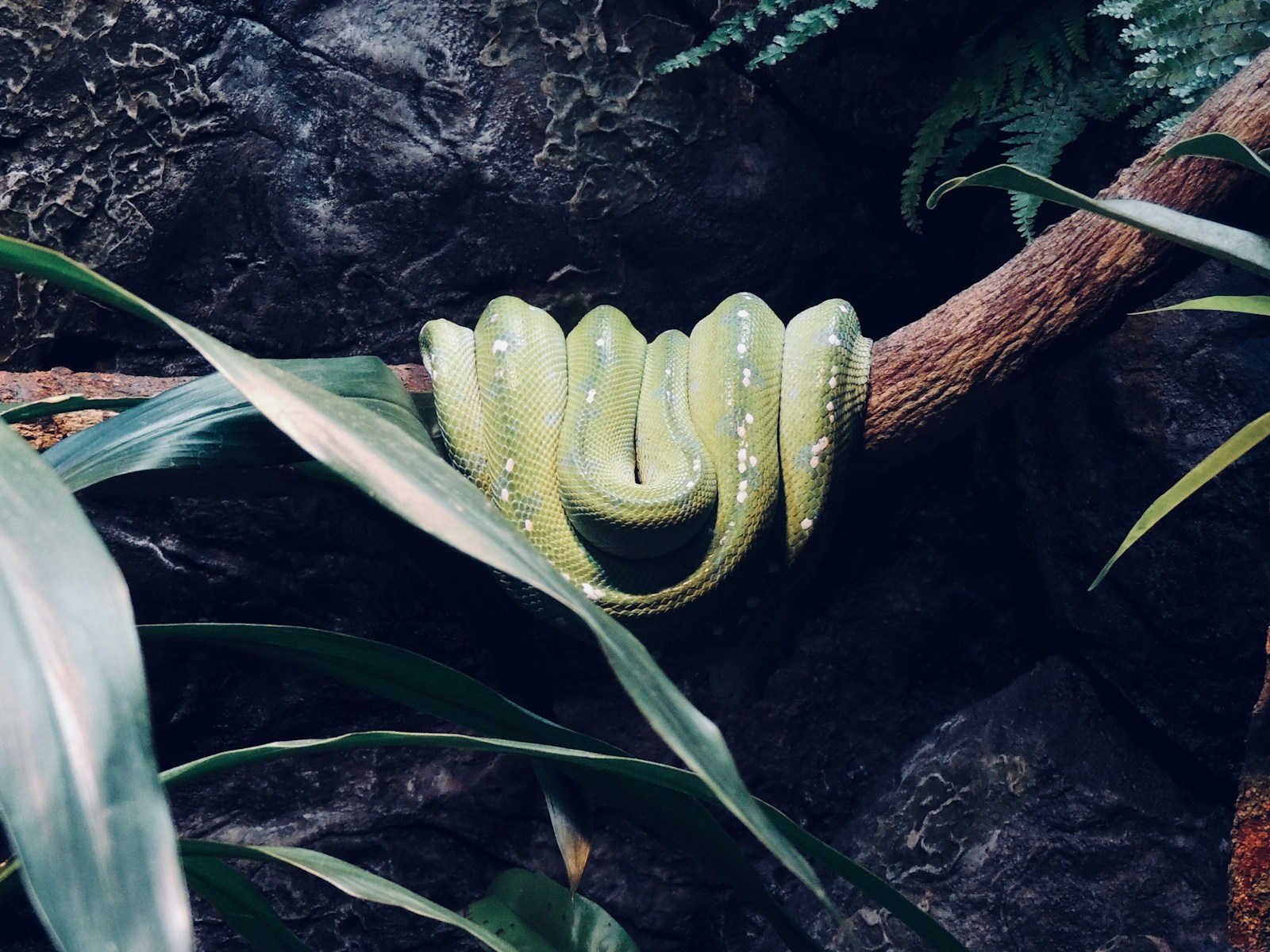
The world of snake mimicry represents one of nature’s most elegant demonstrations of evolutionary adaptation. Through complex patterns of coloration, behavior, and even sound, harmless snakes have developed sophisticated deceptions that exploit the wariness of predators toward venomous species. This evolutionary strategy not only showcases the power of natural selection but also highlights the intricate ecological relationships that shape biodiversity. As we continue to study these remarkable mimics, we gain deeper insights into the mechanisms driving biological diversity and the delicate balance of predator-prey relationships. For these master deceivers, the ability to lie convincingly about their dangerous nature has become their most truthful path to survival.

